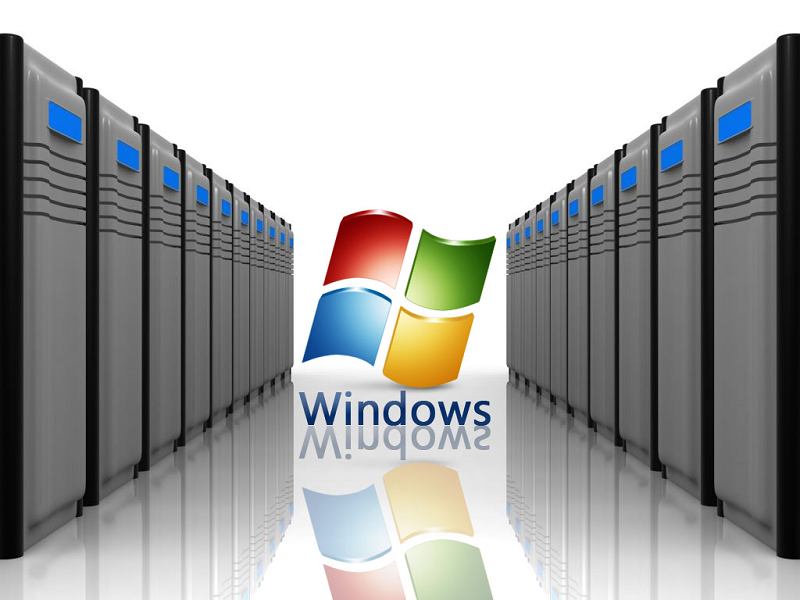In this article, we are going to explain what a windows server and Windows operating systems are and what are their differences.
Microsoft has desktop and server versions of the Windows operating system. At first glance, Windows 10 and Windows Server 2016 are similar, but each of the two features has different uses and of course different features.
Windows 10 excels at improvements for everyday use, while Windows Server can manage multiple computers, files, and services at the same time. This is why you see that hosting providers offer Windows VPS Hosting in their list services.
Windows 10 and Windows Server have similar code
If you run a clean copy of Windows 10 and Windows Server 2016, it would be easy to confuse them. They can have the same desktop, the same start button, and the same task bar. They use the same kernel and can run the same software. For example, you can install Google Chrome, Firefox, or Microsoft Office on both operating systems.
But the similarities stop there. Microsoft designed Windows 10 for desktop use on people in front of the computer, while Windows Server as a server can run services and applications from people who have access to a network.
Although Windows Server has a desktop, Microsoft recommends that you install the operating system without some graphical user interface (or remove it), leaving only a command prompt. This reduces the resources required to run the server.
So the operating system lets you choose to run Nano Server, which does not have GUI and local login features to use much less space than a normal Server installation.
Windows Server has server software
If you enable gui, immediately after you open Windows Server, a Server Manager program starts that displays the first distinct difference between the two operating systems.
From this panel, you can add to server functions, such as Windows Deployment Services, DHCP services, and Active Directory Domain Services. These features allow you to remotely install an operating system on other machines, create a static IP address for clients, control a network domain to add other computers to one domain and create users per domain.
The above features are not available for Windows 10, although you could install them with third-party software like Apache.
Windows Server also supports features such as SMB Direct for faster file sharing, better support for the Resilient File System. These features can only be done with a server or if you are using Windows 10 Pro for Workstations.
Servers are designed to work in combination, so you may have a server that meets one or two of the above roles and another server that takes on other roles for the same overall project.
We hope you liked this article. If you feel that it helped you understand what the main differences are between Windows operating system and Windows Server operating system, feel free to share it with the rest of the tech community on social media. We are sure they will appreciate you sharing something great with them.

